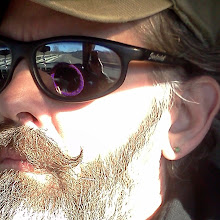So I’ve been working on building a cob shed (check out Dancing with Mud Blog for more) and just installed a clear plastic roof temporarily. It wasn’t 10 minutes after I was done that “Tom”, one of our outdoor cats began walking out on the roof. My initial emotion was a bit of frustration as I hadn’t designed the roof for cats to walk on, just to shed water, and frankly I never considered a cat would even try being it is clear and has some give, I just figured no animal in their right mind would voluntarily step out onto it.
Very quickly I became fascinated. I had never before had such a perspective and it was a bit strange and exciting to see life from an angle I had never even considered.
I have often wondered what it would be like if all the trees were suddenly turned upside down, and what we saw above ground was stuffed in the ground, and the roots were sticking out above ground… what a strange and exciting perspective that would be!
This was kind of like that for me. What if we could watch all sorts of animals move from underneath like this? Imagine how that would change our experiences in tracking! Maybe this is how Grandmother Turtle sees us.
There was just something incredibly beautiful and intriguing watching him in this way. He didn’t tarry long, just wanted to experience it I guess. There are several other cats and after two days no other cat has tried, only Tom. He is the smallest and lightest and maybe instinctively knows he isn’t too heavy.
Today I found him curled up in pocket of plastic draped underneath the main roof. How he discovered this I do not know, but he seemed quite content. Once again animals capturing my imagination in a clever and thought provoking manner.... gratitude.




















